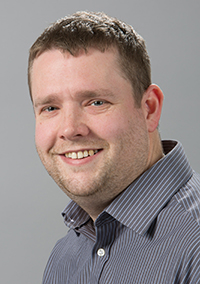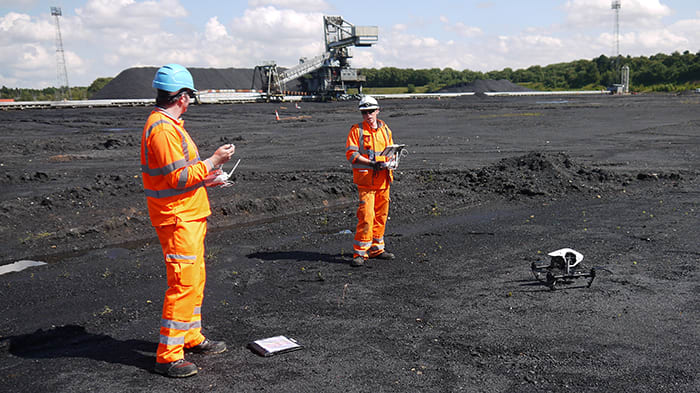
If there was a wind turbine being built and the public were unhappy with its location or queried the work being done, we could use AR headsets to explain the project and how the construction work will be organised.– Chris Thorn, Aecom
Consultant in talks with French firm Mimesys over using VR/AR technology, reports James Kenny.
Aecom is planning to work with technical startups as it accelerates the use of virtual and augmented reality (VR/AR) during 2018.
Chris Thorn, principal technology and process consultant at Aecom, said he believes “some of the most interesting and dynamic ideas are coming from technical startups” and they offer huge opportunities for the construction industry.
Thorn said the consultant is in talks with French company Mimesys, which specialises in creating holographic representations of humans using VR/AR headsets, allowing virtual meetings involving people from anywhere in the world.
“Construction professionals can use immersive technology for client or design meetings where the participants are in remote locations, but can interact, review plans and discuss projects,” he said.
Thorn also sees immersive technology adding value to Aecom’s interaction with the public during stakeholder engagement processes.
“For example, if there was a wind turbine being built and the public were unhappy with its location or queried the work being done, we could use AR headsets to explain the project and how the construction work will be organised,” he explained.
Thorn added that use of immersive technology is likely to increase this year as the cost of the hardware has come down.
Aecom organised CityHack18 at the end of January, a two-day event which brought together 80 creative thinkers and innovators to develop solutions to real-life construction problems using digital technology.
These included the development of a smart tool that can aid Transport for London with its infrastructure mapping and reducing road congestion, plus work for other Aecom clients including the Greater London Authority and the Environment Agency.

‘A new way of thinking’
Ross Manship, lead drone pilot at Aecom, explains his role.
Aecom’s push into digital technology includes growing use of drones, and the consultant now has a dedicated team based out of Nottingham, headed by senior operations manager and SUAS (small unmanned aerial systems) technical lead Ross Manship.
“As well as managing the SUAS team, my role is to engage with the company’s drone operators worldwide, looking at different applications and modes of operation, and bringing new innovations and best practice to the UK,” he explains.
Manship, a physics graduate, has developed his career as a drone expert after taking an early interest in aerodynamics, remote controlled machines and helicopter technology.
His team’s work includes surveying of major structures and civil engineering assets. Projects have included the HS2 Old Oak Common depot and the decommissioning of the coal station at Eggborough power plant in North Yorkshire.
The team is also assigned to carry out photogrammetric mapping, the science of making exact measurements of surface points from aerial photographs, and the outputs of this work feed into BIM workflows, Manship says.
“Our photogrammetric models are accurate to less than 2cm, and often less than 1cm,” he says.
The drone team is also involved in commercial work, collecting photos and videos of sites for proposed developments, which are used in public consultations. “We have the capability in-house to add 3D visualisations of proposed developments and the ‘eye in the sky view’
from a drone adds a picture people can grasp more easily,” he explains.
Safety is a key part of Manship’s role and he acknowledges that considerable work lies ahead persuading the public, asset owners and legislators of the positive role drones can play.
“Infrastructure operators can get hung up about the possibility of a drone falling out of the sky,” he says. “But this is a very small risk, and actually drones can play an important safety role – for example, carrying out surveys of asset conditions on live railways without having to stop the trains.
“I still have to convince people that drones are a new way of thinking when they gather information at the start of a project.”











